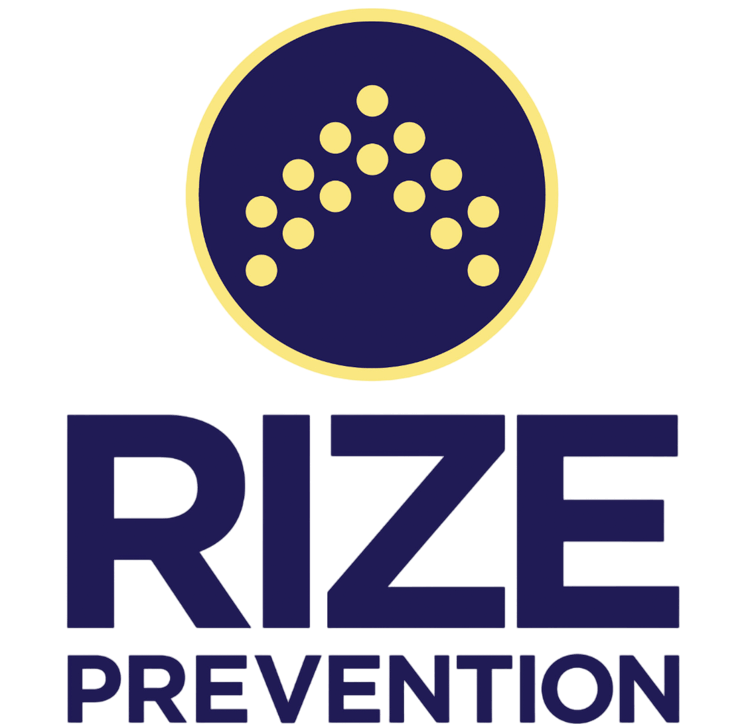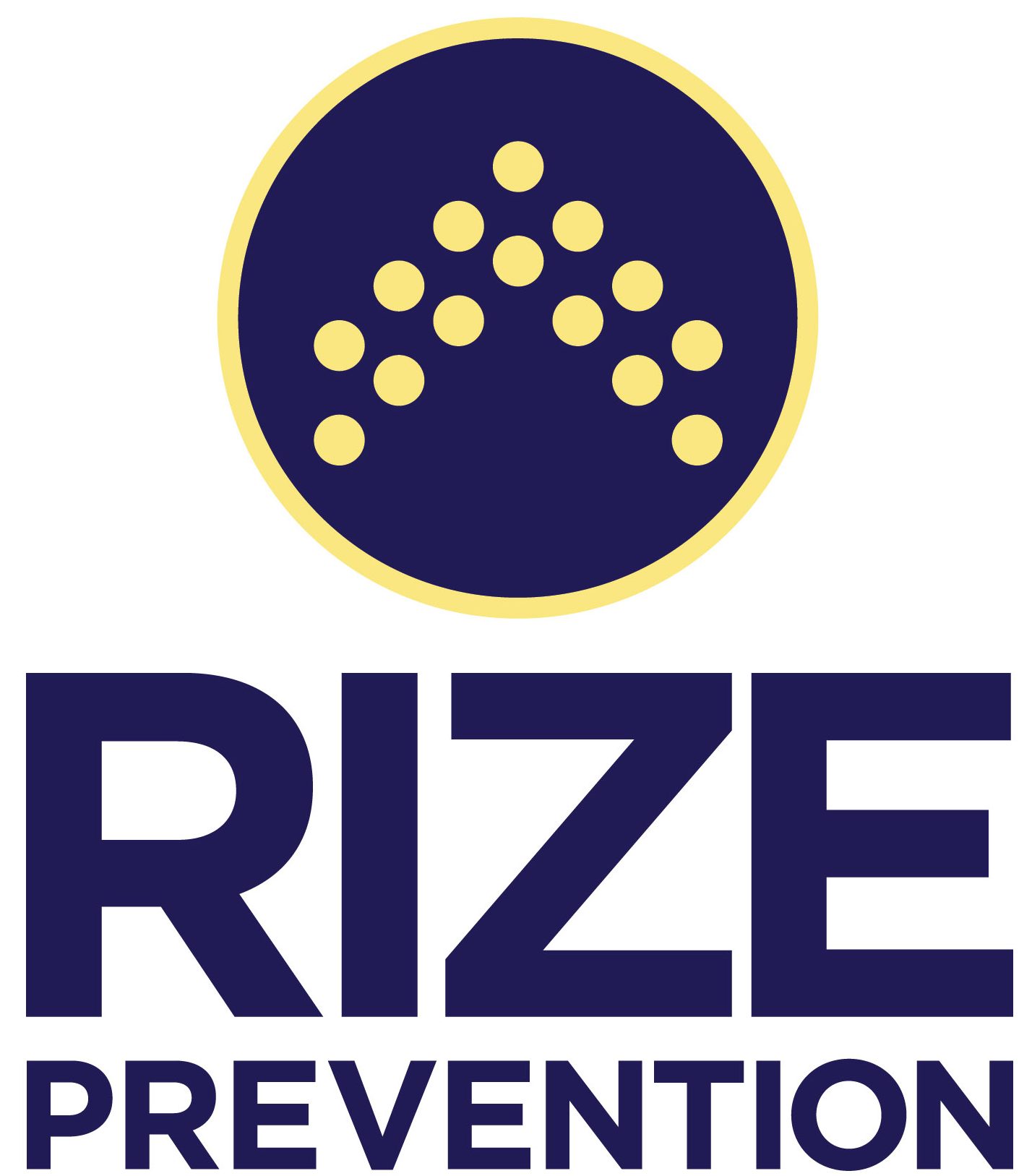A troubling trend known as “kitty flipping” is gaining traction in nightlife and party scenes across the country. The term refers to the combination of ketamine, a dissociative anesthetic, and MDMA (ecstasy), a stimulant and empathogen. While users seek heightened euphoria and emotional warmth, the mixture can lead to devastating—and often fatal—consequences.
Rising Deaths and Emergency Room Visits
Health officials are sounding alarms as ketamine-related deaths surge nationwide, frequently in combination with MDMA. In Miami-Dade County alone, 33 fatal toxicology reports involving ketamine were recorded in the first half of 2025—a dramatic increase from fewer than 10 annual cases prior to 2017.
The Dangerous Effects of Mixing
Combining ketamine and MDMA creates a dangerous physiological storm. The stimulant properties of MDMA can trigger tachycardia, hypertension, and hyperthermia, while ketamine’s dissociative effects can leave users immobile, disoriented, or unable to seek help during an emergency. This combination significantly raises the risk of overdose and death.
No Antidote for Ketamine Overdose
Unlike opioids, there is no reversal agent like naloxone (Narcan) for ketamine. Once an overdose occurs, medical intervention is difficult and outcomes can be fatal.
Why Users Mix Them
Many users combine MDMA for its euphoric and energetic effects with ketamine’s hallucinogenic and sedating properties, believing it softens the harsh “comedown” associated with MDMA. However, this perceived balance often masks the compounding risks of each drug.
Unregulated Substances and Hidden Dangers
Both ketamine and MDMA obtained outside medical or research settings are illicitly produced and frequently adulterated with substances like fentanyl, xylazine, or methamphetamine. These hidden additives drastically increase the potential for overdose and long-term harm.
Long-Term Consequences
Chronic ketamine use is linked to bladder disease, cognitive decline, and other neurological issues. Its popularity is particularly concerning among young adults in nightlife environments, where regular use can lead to lasting physical and psychological damage.
Expert Warnings
Medical experts emphasize that ketamine is only safe when prescribed and administered under professional supervision, such as in clinical treatments for depression or pain. They warn that self-medication and the growing trend of mixing drugs are driving a new wave of overdoses and fatalities.
Related Trends: “Pink Cocaine”
A similar cocktail known as “tusi” or “pink cocaine”—often containing ketamine, MDMA, and various unknown additives—reflects the evolving and increasingly dangerous landscape of club drug use.
Source: Psychology Today – “Kitty Flipping: Ketamine and MDMA Stimulant Combinations”


deltarune chapter 4 full prophecy
This kitty flipping trend sounds like a recipe for a very confusing, and potentially deadly, party crash course! Mixing dissociation with euphoria? Sounds like someones trying to write a bizarre, unpredictable sequel to Alice in Wonderland without the invite. The idea of ketamine and MDMA as a softened comedown is about as reliable as expecting coffee to cure a hangover – except the hangover might be permanent. No wonder health officials are sounding alarms; its like playing Russian roulette with a mystery powder mix! At least with designer Xanax, you know the horror is mostly boredom.deltarune chapter 4 full prophecy
rpam61
You’re not wrong — “kitty flipping” really does read like a chaotic and dangerous rewrite of reality, and unfortunately, it’s not fiction. Mixing ketamine (a dissociative anesthetic) with MDMA (a stimulant and empathogen) isn’t creating a controlled “soft landing” like some people think — it’s pushing the brain into two extreme directions at once. That’s not balance; that’s instability.
What makes this trend especially risky is:
The unpredictability. Everyone’s brain chemistry is different, and these substances weren’t meant to work together. One person might feel “fine,” while another is fighting for their life.
No safety net. There’s no reliable antidote for ketamine, and in chaotic environments like parties, warning signs are often missed until it’s too late.
False confidence. Believing this mix is safer or more manageable than other substances can be deadly — especially when people assume “it won’t happen to me.”
At RIZE Prevention, we always say: young people aren’t chasing drugs — they’re often chasing relief, belonging, or escape. But substances like ketamine and MDMA don’t offer healing. They offer confusion, disconnection, and sometimes consequences that can’t be reversed.
Calling it what it is — a risky gamble, not a trend — is how these conversations start making a difference.
— RIZE Prevention Team
https://www.rizeprevention.org
runway act 2 price
This kitty flipping trend is apparently the party scenes new way to have a potentially fatal good time? Who knew mixing dissociation with a party drug was such a recipe for disaster, unless youre, you know, a doctor with a prescription? Its like a wild physiological storm you definitely dont want to be caught in the middle of without an escape plan. And lets be real, finding a ketamine antidote is harder than finding your phone in the dark. Users seem to think theyre balancing the euphoria with some trippy sedation, but honestly, that sounds less like a well-calculated mix and more like a high-stakes gamble with your life. At least with designer Xanax, you know what youre getting, right?runway act 2 price
rpam61
Wow — this really shows how dangerous “kitty flipping” has become. At RIZE Prevention, we’ve been following this trend closely, and it’s honestly one of the more alarming examples of how misinformation can turn into real-life risk.
Mixing ketamine and MDMA might sound like a way to “balance” two effects, but what’s actually happening in the body is a physiological tug-of-war. Ketamine disconnects you from reality, while MDMA overstimulates your system — the two don’t cancel each other out, they overload it. That’s why people end up in medical emergencies without even realizing how fast things are going wrong.
And you’re right — there’s no real “antidote” for ketamine. Once someone’s in trouble, help isn’t guaranteed, especially in a party environment where people might not even recognize the signs of overdose or distress.
At RIZE, we try to shift the focus away from the substances themselves and look at why young people are drawn to experiment in the first place — pressure, pain, curiosity, or just wanting to feel something different. Those needs are real, but the risks are far greater than the momentary high.
If conversations like this make even one person think twice or reach out for support instead of a substance, that’s a win. Awareness is the first step toward prevention.
— RIZE Prevention Team
https://www.rizeprevention.org